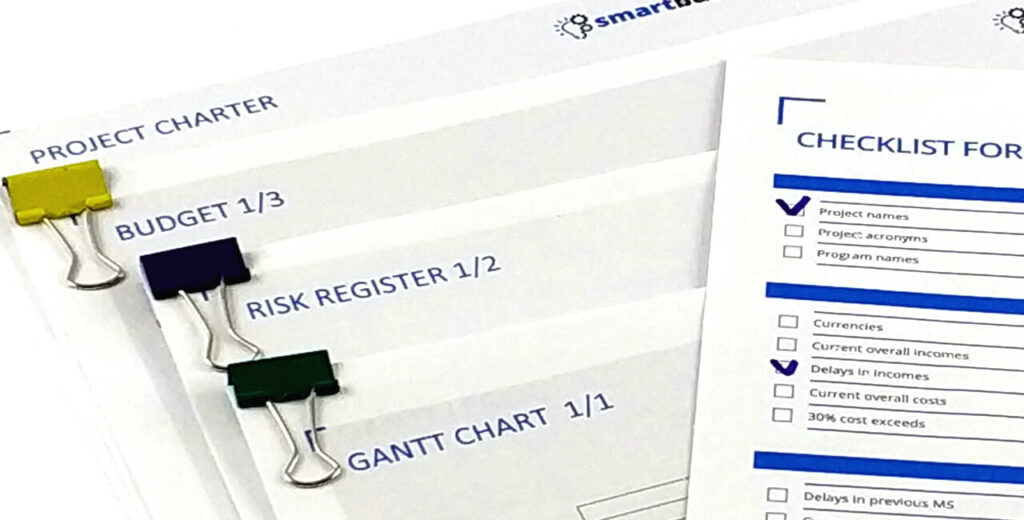Spreadsheets are not dead. In many cases they are the best tool for containing, calculating, and visualizing data. Also, you just need app like Ms Excel, Numbers, Libre Office to use it. You don’t need special, custom build software that implementation will take several months. Good templates can save any portfolio manager (or other team members) lots of time. Here are top 5 template you should consider having.
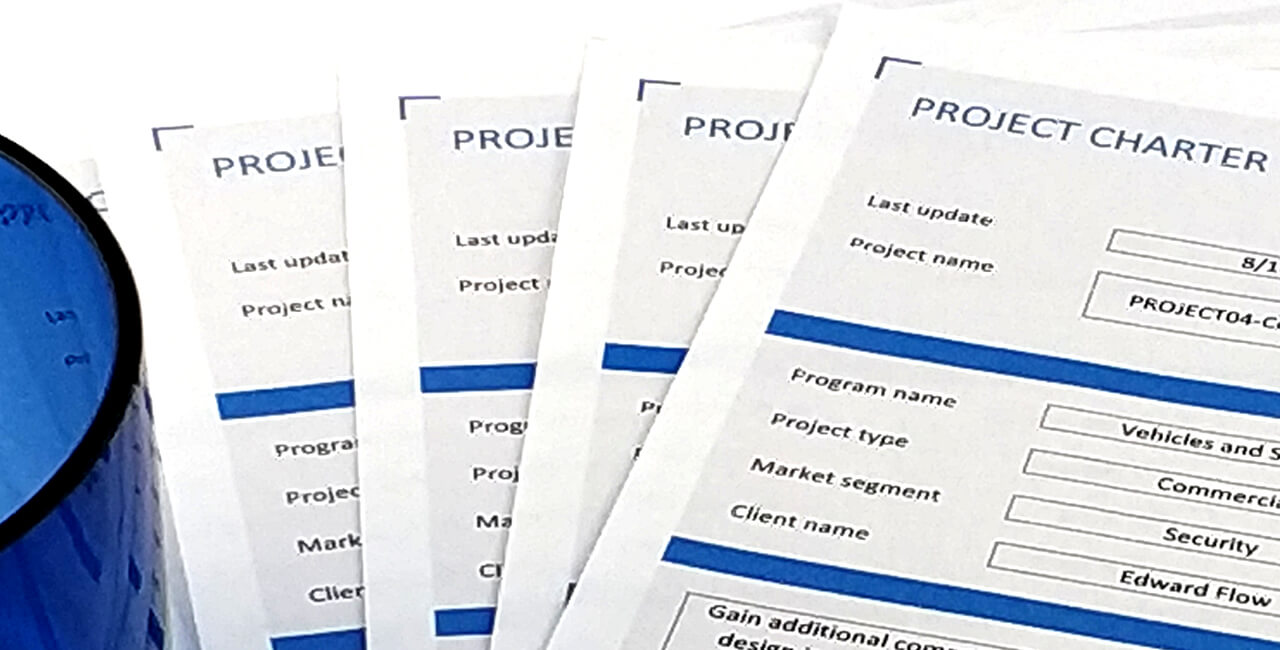
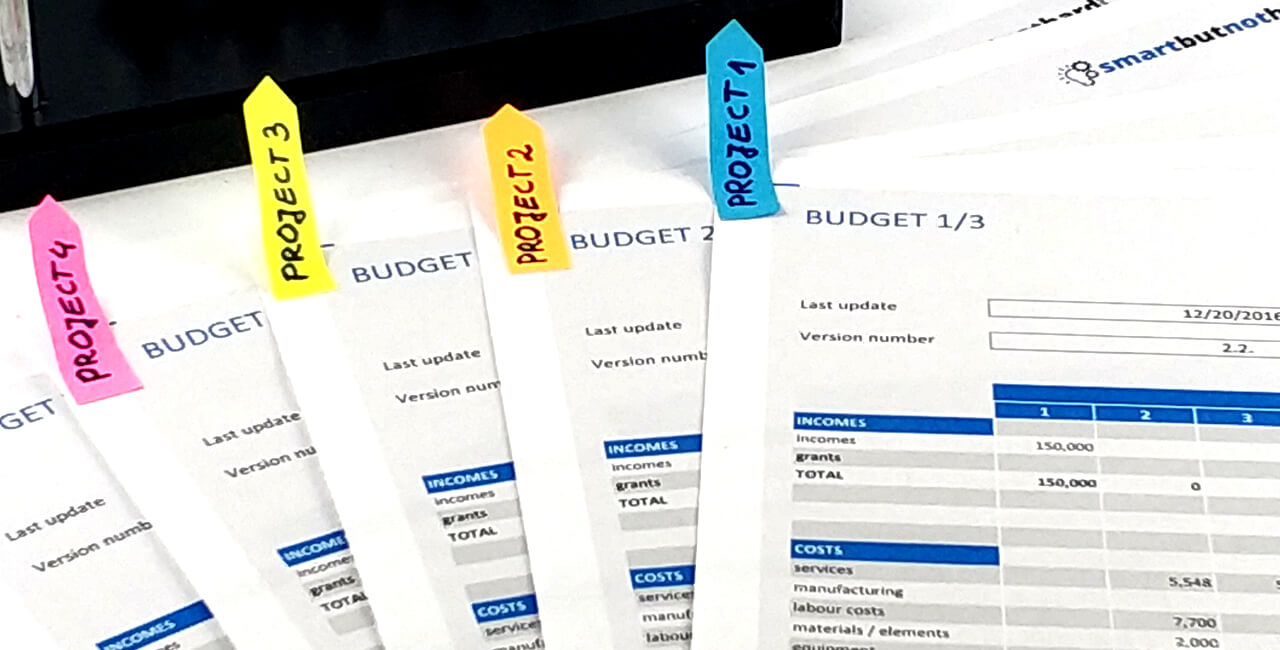
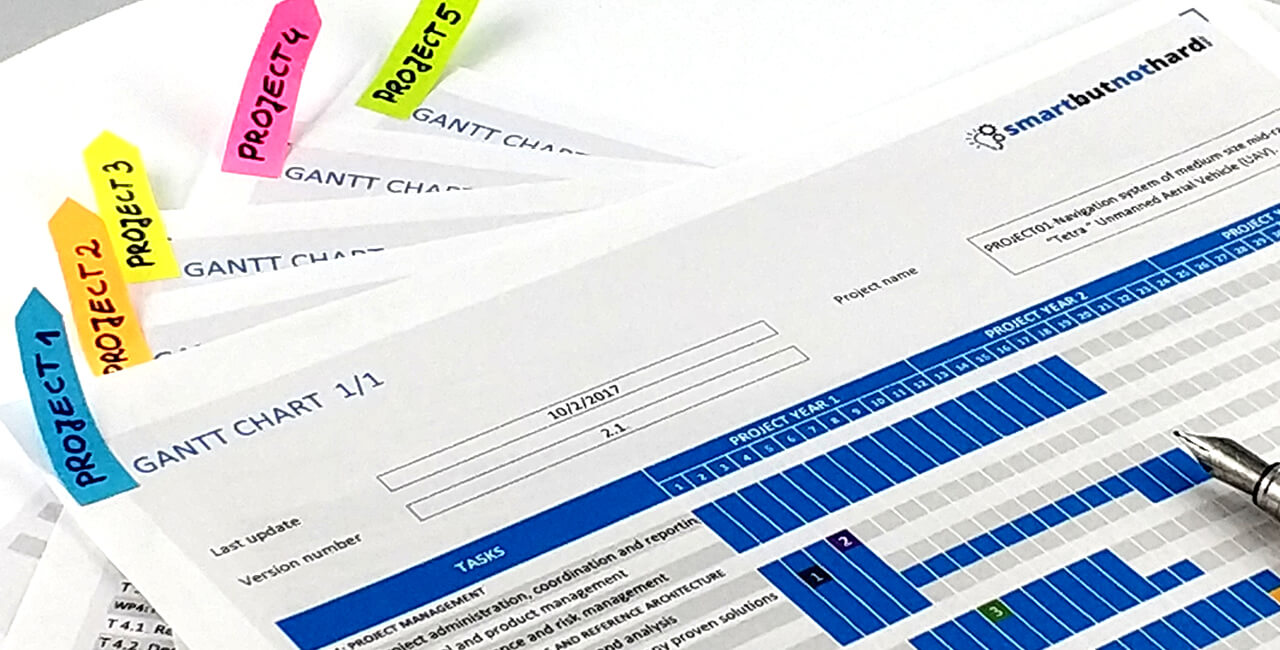
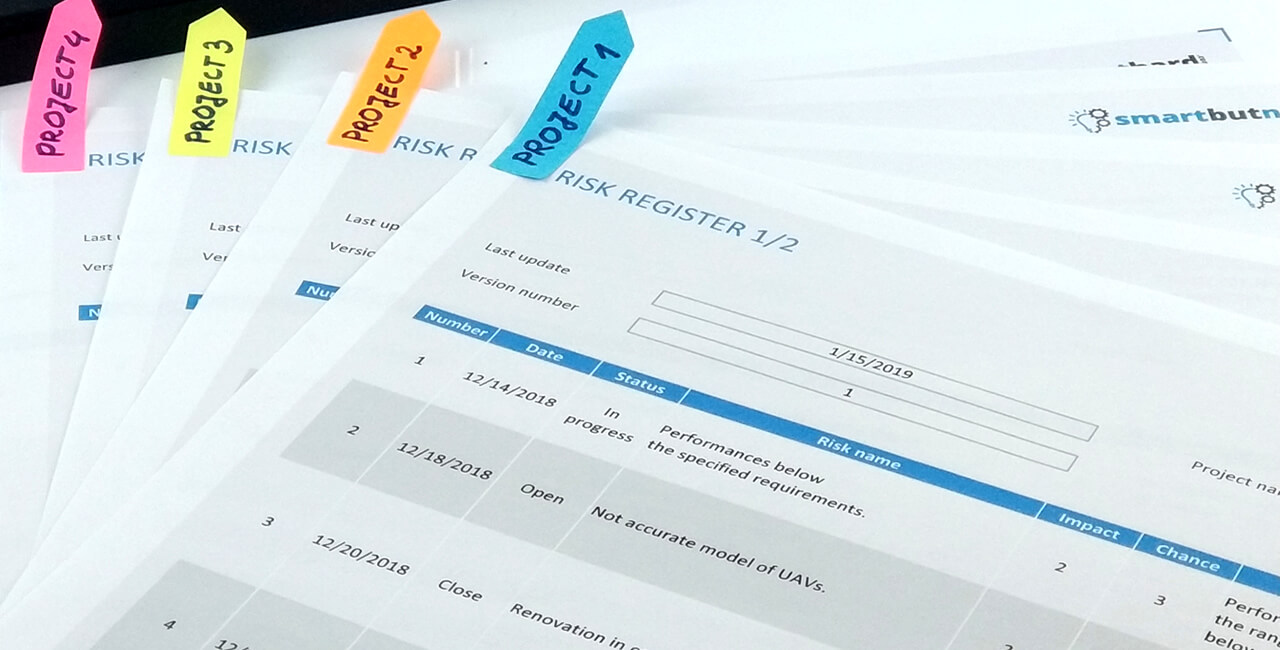

Project Charter
Each project should have one. We should say “must have one” but in many cases companies have problem with presenting such a document. Project Charter should give anyone general info about particular project or initiative. You don’t need 2000-word description etc. Just facts. Typical Project Charter includes:-
- Project name,
- Program name (if you have programs),
- Project Manager name,
- Start date,
- End date,
- Project Goal,
- Short description,
- Key risks,
- Project budget,
- Profit,
- Cost,
- Last update,
- Version Number.
-
-
- Business Owner,
- Project type,
- Market segment,
- Client Name (some projects are internal),
- Partners & Key Suppliers,
- Key Infrastructure,
- Currency (if you can have more than one in whole Project Portfolio).
-

Project Budget
Another template that you should have is Budget. Trust me, you want all your numbers in all projects on the same type of template. Cross referencing financial documentation through multiple projects is a nightmare. Typical Budget document includes:-
-
- Project name,
- Last update,
- Version Number,
- All incomes and costs divided not only by type but also by time (many projects last for few years, you need to track budget across multiple periods),
- Profits.
-

Project Milestones
You also need template for milestones. Many projects depend on each other. Having clear template with all crucial dates can be a life saver. Typical Milestones document includes:-
-
- Project Name,
- Last update,
- Version Number,
- Table with milestone list:
- Milestone number,
- Milestone name,
- Start Date,
- End Date.
-
-
-
- Milestone duration in months,
- Milestone duration in days,
- Working days – you’ll be surprised how big can be a difference in working days depend on month, shifts, holidays etc.
-

Risk Register
Risk Register is often necessary evil for many managers. It shouldn’t be. In fact, it’s a crucial document for every project. Better to be prepared than sorry. Typical Risk Register includes:-
-
- Project Name,
- Last update,
- Version Number,
- Table with risks:
- Date,
- Status,
- Risk Name,
- Impact,
- Chance,
- Mitigation,
- Risk Owner.
-

Portfolio Report
Project Report in form of Excel template is very useful. What’ s most important – you can customize it whatever you like. Often portfolio report apps can help you a lot, but when it comes to implementing it to your company’s custom needs, spreadsheets are way better. How to build great portfolio report? There is no straight answer to that question and explaining this will take 4-10 times of that article actual length. But we have a solution. We made whole course how to make such report so take a look:

